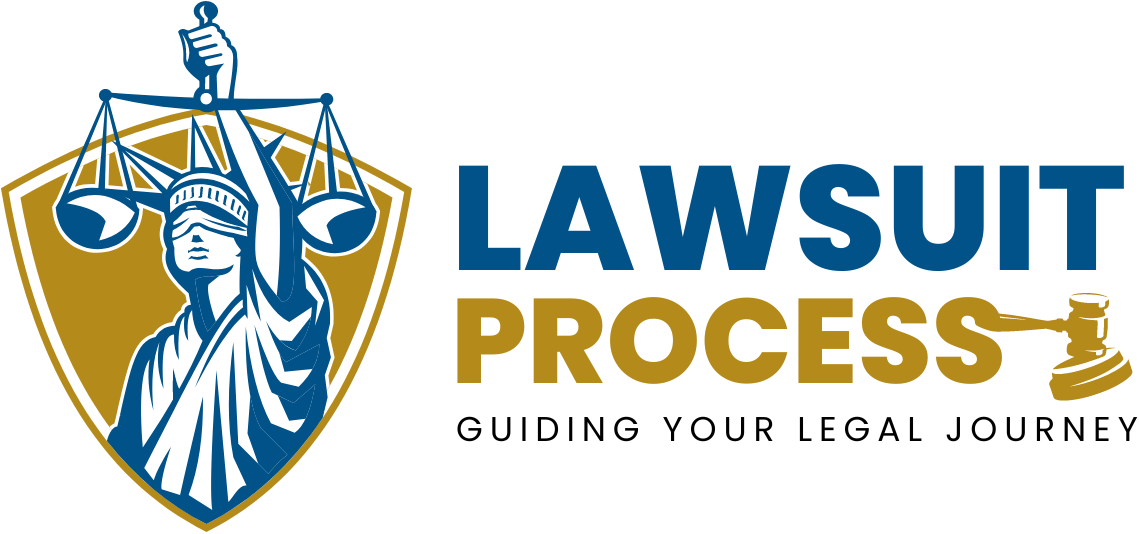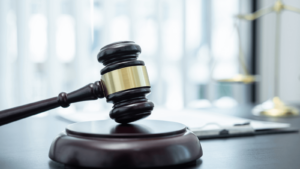When pursuing a personal injury claim, working with a personal injury attorney can be invaluable. Understanding what to expect from this partnership helps you feel prepared and confident throughout the process.
This article provides a detailed overview of the steps involved, the role of the attorney, and how communication fosters successful outcomes.
You may also like to read:
The Role of Personal Injury Lawsuit Attorneys in Maximizing Your Compensation
Top Mistakes to Avoid When Hiring Personal Injury Lawsuit Attorneys
Table of Contents
- 1. Initial Consultation and Case Evaluation
- 2. Signing an Agreement and Understanding Terms
- 3. Investigation and Evidence Gathering
- 4. Negotiation or Trial Preparation
- Communication and Transparency
- Conclusion
1. Initial Consultation and Case Evaluation
The process begins with an initial consultation where you discuss your case with the attorney. This meeting is crucial because it sets the foundation for your legal journey. During this session, the attorney evaluates your case’s potential based on the facts you provide.
You should bring essential documents, such as medical records, police reports, and insurance correspondence. The attorney reviews these materials to assess liability, damages, and potential compensation. They may also ask detailed questions to understand the circumstances surrounding your injury. By the end of the consultation, you should have a clear understanding of whether your case is viable.
2. Signing an Agreement and Understanding Terms
If the attorney agrees to take your case, the next step involves signing a fee agreement. Most personal injury attorneys work on a contingency fee basis, meaning they only receive payment if you win your case. Typically, this fee is a percentage of your settlement or verdict amount.
Review the agreement carefully to understand the terms. Pay attention to additional costs, such as filing fees or expert witness fees. Ensure you clarify the attorney’s responsibilities and your obligations, such as providing timely information or attending required meetings. Transparency at this stage sets clear expectations for both parties.
3. Investigation and Evidence Gathering
After signing the agreement, the attorney begins investigating your case. They gather critical evidence to build a strong claim. This process often includes:
- Collecting medical records and bills to document your injuries and expenses.
- Interviewing witnesses to gather firsthand accounts of the incident.
- Obtaining police reports or other official documentation related to the event.
- Working with experts, such as medical professionals or accident reconstruction specialists, to substantiate claims.
- Photographing injuries, damaged property, or the accident scene as visual evidence.
This comprehensive approach ensures the attorney has all necessary information to support your claim effectively.
4. Negotiation or Trial Preparation
Once the evidence is gathered, the attorney attempts to negotiate a settlement with the opposing party, often an insurance company. Negotiations aim to secure fair compensation without the need for court proceedings. Attorneys use their knowledge of injury valuation and negotiation tactics to advocate for maximum recovery.
If settlement negotiations fail, the attorney prepares your case for trial. This preparation involves drafting legal documents, organizing evidence, and developing arguments. They represent you in court, presenting your case persuasively to the judge and jury. While trials can be lengthy, they may result in higher compensation than settlements in certain situations.
Communication and Transparency
Throughout the process, attorneys maintain regular communication with their clients. They provide updates on case progress, explain legal developments, and answer any questions you may have. Staying informed ensures you understand the status of your claim and any next steps required.
To foster effective communication, consider the following tips:
- Request updates at regular intervals, such as weekly or biweekly.
- Ask for clear explanations of legal terms or procedures.
- Inform your attorney promptly of any new developments or changes in your situation.
- Feel free to ask questions about anything you do not understand.
Mutual transparency helps build trust and ensures the attorney can represent your interests effectively.
Conclusion
Working with a personal injury lawsuit attorney involves several key steps, from the initial consultation to case resolution. Understanding the process helps you navigate your claim with confidence and ensures you remain actively involved. Attorneys play a critical role in gathering evidence, negotiating settlements, and advocating for clients in court.
By maintaining open communication and understanding your role in the partnership, you can help your attorney achieve the best possible outcome for your case. Remember, preparation and collaboration are the keys to avoiding mistakes in personal injury claims and achieving success.










